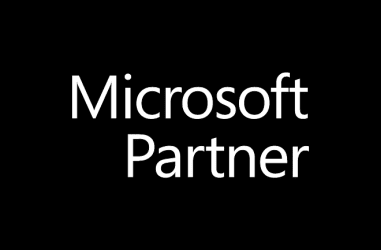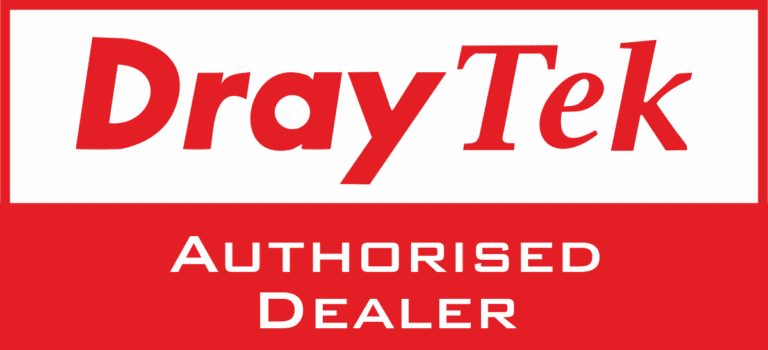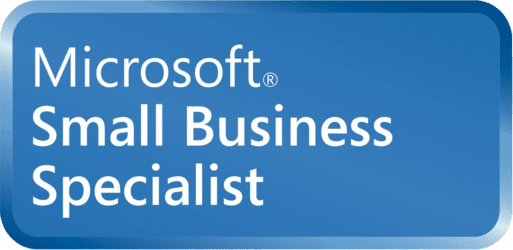We all receive a lot of junk over the internet these days.
In fact, statistics from our own Anti-Spam service has found that as much as 60% of some of our customer’s emails are junk!

Even with sophisticated mail filtering and Anti-Malware in place however, it may only take 1 person in your business clicking the wrong link or opening the wrong file in a scam email to let a scammer into your system.
In this article, we’ll list some good common sense tips as well as cover some common scam tactics to watch out for.
Would the real Les Chilton please stand up?
One of the easiest ways to fool people into going along with a scam is to pretend to be someone they know.
Here’s an email I sent to our support mailbox.

Looks a bit sketchy doesn’t it. And not just because I’m the sender! I’m sure it won’t surprise anyone to learn that this email wasn’t actually sent by me.
Firstly, the email uses a generic subject that could apply to any conversation, it doesn’t name the recipient, and it’s not written in the usual style I’d use in my emails.
It’s really easy to set up a new email address and set your name as anything you wish. Some smart scammers will even use this to set their name as full email addresses, so it might list the recipient as my email address even the sender has no access to AlphaFirst’s email system.
So how can you tell?
If you double click the profile icon next to their recipient name in your email, it’ll open their contact card.

This will quickly let you see the real address of the sender.
If in doubt, it’s always worth checking
Don’t assume an out of context email is from who it says it’s from.
Equally, don’t assume the sender has been hacked (Though definitely let them and / or your technical team know they might have been).
Should you really trust the link?
Just like senders addresses, links are very easy to make misleading.
Scammers will likely post a link that seems to be pointing to a familiar or reputable resource.
My favourite of these scams will start with a fake invoice for something I haven’t bought with a link to Click Here to log into your account and check / cancel your order
Most scammers will then take it a stage further, creating an exact replica of the page you’re expecting (Like the Amazon or Paypal login page for example).
They’re trying to get you to click login, and then enter your username and password as you would on the real site, only when you do so on their fake page, it’ll save a copy of your details for the scammer.
It’s very easy to change the title of a hyperlink so that it displays one thing, and points to another.

Thankfully it’s very easy to spot a fake. Simply hover your cursor over a link and it’ll display where it’s really pointing.
What about this file you sent me?
This will be a short section… Just don’t open it.
People used to send executable files or viruses hidden in .zip folders to targets, but these days most mail clients block sending these file types automatically.
That said, it’s still possible to embed viruses into every day file formats, so you can never be sure.
The simple answer for this one is just not to open it if you’re not sure.
Speak to the sender, ask them what it is and why you were sent it.
If you can’t guarantee its safety, delete it and report it to your technical team.
Don’t send the file on to anyone (even the technical team unless they ask you to), as it’ll only take one person to open the document without reading your message to potentially let something nasty loose in their system.
What Else Can You Do To Protect Your Business?
Email scams are an arms race of schemes and solutions.
As such, no tips, tricks, tools or safeguards will ever be 100% effective at stopping fraudulent email and malicious content.
That said, in addition to essential industry standard Antivirus, Anti-Malware, and Firewall solutions, a mail filtering system can greatly reduce the amount of illegitimate email you receive.
These systems quickly identify email addresses that are behaving strangely (Sending large amounts of mail, sending unsolicited marketing materials or low quality mail) and stop them from being delivered in the first place.
If you’d like our recommendations on any of these solutions, we’d be happy to discuss the best option for your business with you, get in touch!.







































